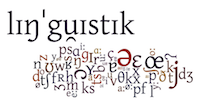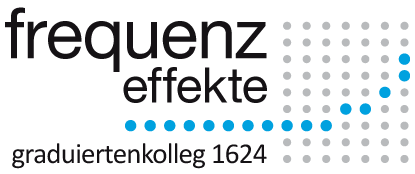Research
My main research interests cover topics related to language variation, language change, and sociolinguistics. In the area of language variation and change, I work with German minority varieties in language contact situations. My structural focus is on the lexical, morphological, and especially on the syntactic variation (dialect syntax). In this last area, I try to combine variationist and moderate generative approaches. In the area of sociolinguistics, my special interests are language and group attitudes. My major research projects were/are:
Morphosyntactic rara of Pomeranian in Brazil
Since 2017, I have been working with Brazilian speakers of Pomeranian. This variety is especially interesting because it frequently features two verbal elements in the head position of CP, a syntactic rarum, and because Pomeranian seems to be changing from an OV-language to a VO-language. So far, I have recorded roughly 20 hours of free conversations and elicited the translations of 61 Portuguese stimulus sentences by 352 informants from Rio Grande do Sul, Santa Catarina, Espírito Santo, and Rondônia. The total number of translated sentences is roughly 21,000. In addition to the Brazilian data, I have elicited Pomeranian data in eleven interviews with US-American informants from Wisconsin.
The variation of Tür and Türe
This 2007/2008-project deals with the intriguing variation of more than 5,000 tokens of the lexical variants Tür/Stirn and Türe/Stirne in the prose of thirteen writers of the 19th and 20th century.
Verbal syntax in Mennonite Low German
Between 1999 and 2002, I conducted interviews with 321 informants in six Mennonite colonies in North and South America (USA, Mexico, Bolivia, Paraguay, Brazil). Aside from questions concerning sociolinguistic information, the interviews contained 46 stimulus sentences which the informants were asked to translate from English, Spanish, and Portuguese, respectively, into Mennonite Low German. The resulting 15,000 sentences constitute a unique and comparable data base, which is available at the IDS-Archive of Spoken German (cf. http://agd.ids-mannheim.de/MEND_extern.shtml). I have been using these data to analyze morphological and syntactic phenomena, especially the sequence of verbal and non-verbal elements in clause-final verb clusters. My (2016) habilitation treatise “The World Beyond Verb Clusters: Aspects of the Syntax of Mennonite Low German” relates the topic of verb clusters to other syntactic phenomena such as the depth of embedding of dependent clauses.
Language and speaker contact at the borders of Southern Brazil, Argentina and Uruguay
This project is based on more than 600 written sociolinguistic interviews carried out with high school students in six Brazilian, four Uruguayan and two Argentinean border cities. Data elicitation took place between 1998 and 2001. The particular interest of the study is to evaluate the students’ attitudes towards the two contact groups and contact languages. Moreover, the students’ competence in the language of the other side of the border (Spanish for Brazilians, Portuguese for Argentineans and Uruguayans) is analyzed and correlated with attitudes and other extra-linguistic, especially geographic factors.
Languages of the Mennonites in Mexico and the USA
These sociolinguistic data were elicited in 1993 and 1994. They deal with group and language attitudes of 139 North American Mennonites and relate them to their language behavior. This project resulted in my Ph.D.-thesis “Varietätendynamik in Sprachkontaktsituationen: Attitüden und Sprachverhalten rußlanddeutscher Mennoniten in Mexiko und den USA.”
Powered by CMSimple| Template: ge-webdesign.de| Login

 Germanistische Linguistik Freiburg
Germanistische Linguistik Freiburg


